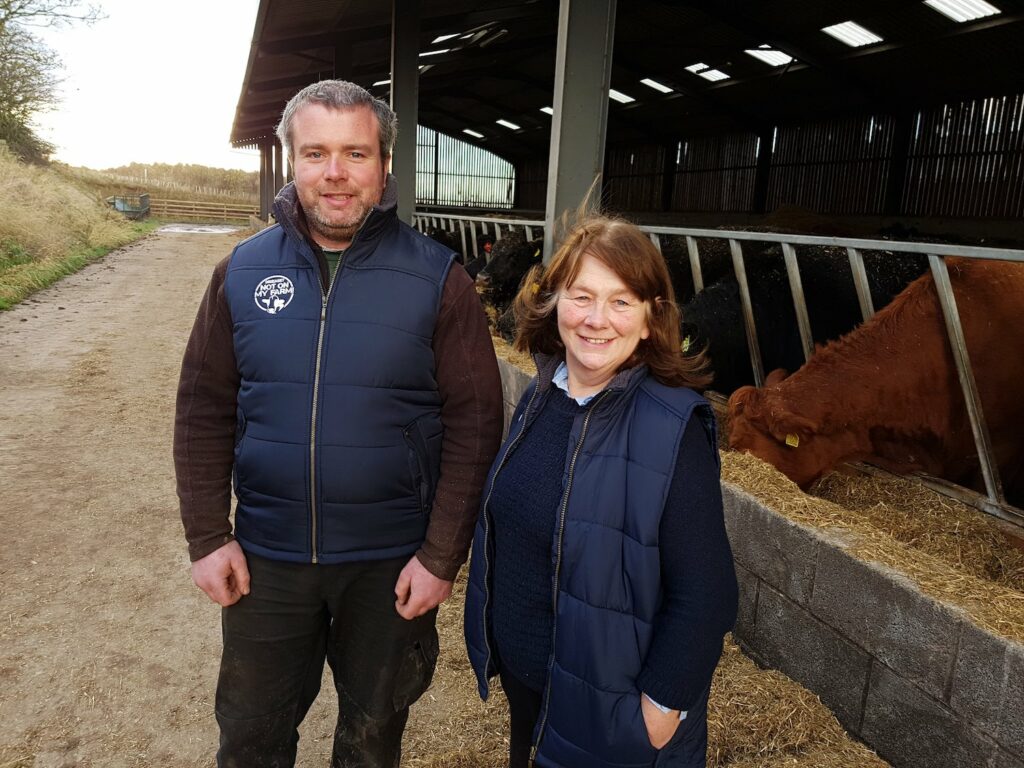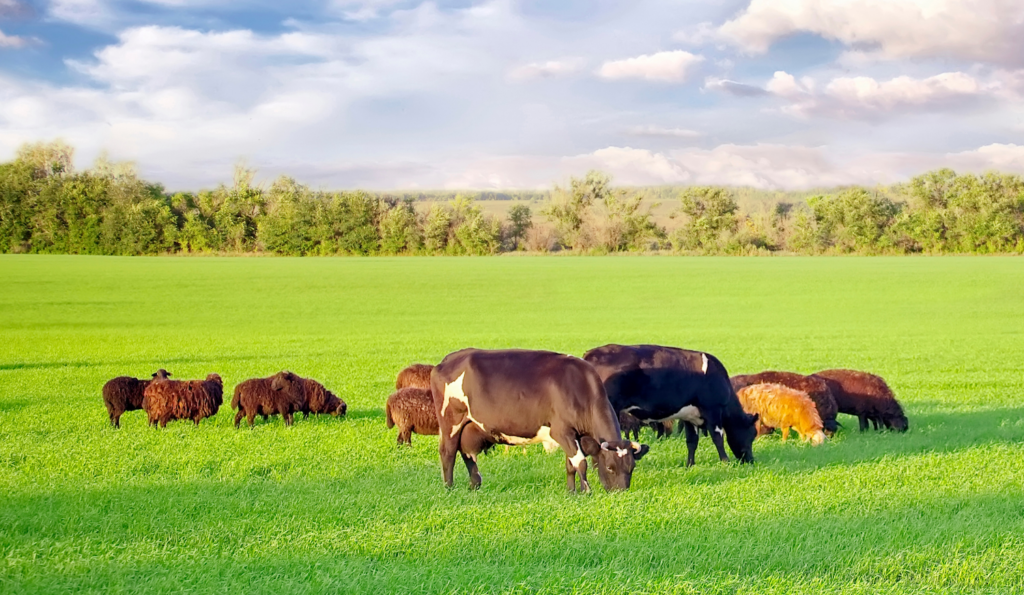Plan ahead to help balance both beef and sheep health plans
3rd August 2022
It can be challenging for mixed enterprise farmers to stick to herd and flock health plans throughout the year. However, vet Emily Brown, of Marches Farm Vets, offers a number of practical suggestions to help balance the two, working closely with your vet.
“It can be tricky fitting in vaccinations during busy lambing or calving seasons, especially if it’s a spring-calving suckler herd, or if lambing or calving periods are more prolonged,” says Mrs Brown.
“For example, ewes need their annual booster of Heptavac P Plus four to six weeks before lambing, which can coincide with calving. Then cattle are usually vaccinated for BVD three to four weeks pre-turnout, which can clash with lambing season.
“There’s also a lot of blood sampling for BVD carried out pre-turnout in nine to 18-month-old animals, and some seasonal disease challenges occur at a similar time for cattle and sheep, such as worms and flies.”
Vet support
When it comes to health planning, Mrs Brown explains that farmers can benefit from their vet’s experience and knowledge of disease challenges in the area, as well as advice on tying in health management with the overall workload.
“I encourage all beef and sheep farmers to use a health plan template, such as the Red Tractor template that can be downloaded and printed off free of charge. I discuss the sheep and beef health plans separately with farmers but the same pre-planning process and template can work for both.
“We also use an online planning system at the practice which sends out a reminder when treatments are due. Then farmers can record on the system when each one is done, and vets can pick up on progress to help make sure they don’t get behind schedule.”
Workload planning
It is important to write down full details of the production year within health plans, she advises.
“The plan should include lambing and calving patterns, blood sampling and monitoring, along with other management tasks such as condition scoring. Once the health plan is complete, you can get a calendar out and allocate specific jobs to the right weeks.
“A smaller farm might use a single calendar for both beef and sheep health planning, while a larger farm might have a separate calendar for each. It can also be useful to highlight if there are any areas of crossover, for example, orf and BVD vaccines could potentially be ordered at the same time,” she adds.
Disease? Not On My Farm! ambassador Fiona Skeen, who runs a beef and sheep enterprise on the English/Scottish border, actually has four calendars on the wall for their Aberdeen Angus x suckler herd – the current one plus the previous three.
“If there’s a specific problem, my son Graham and I can see the history and check if it’s a recurring problem in that cow. We note details of maternal behaviour at calving; for example if we see a cow has a tendency to kick, we can act quickly to make sure the calf has suckled.

Graham and Fiona Skeen.
Preventing disease
During busy times, such as lambing or calving, vaccination is always a priority for Mrs Skeen. She has been vaccinating their herd against BVD for 14 years, and it is BVD accredited in Scotland.
“I fall out with my son every year about making sure cattle vaccinations are done during lambing time. Even in the peak of lambing season, I must get cattle vaccinations done – even if it means getting someone in to cover. You’ll pay the price if you don’t vaccinate.”
Planning and recording
Mrs Brown advises chatting with the vet plenty of time in advance of when vaccinations are due, and always allowing up to five days for vaccines to arrive.
“There could be changes we need to make to the schedule, for example, if there is an issue with availability of the farm’s usual vaccine and we need to adjust from a single to a double-dose vaccine. It could be there is another disease challenge to consider at the same time.
“With subsidies being reduced, farmers need to be proactively looking at performance and planning how best to stay profitable. They could make more use of vets as consultants; we can help with health and performance recording, benchmarking and suggesting ways to make improvements.”
Disease? Not On My Farm!
The Disease? Not On My Farm! initiative promotes the importance of proactive, preventative herd healthcare, encouraging strong farmer-vet relationships and inspiring farmers to take pride in reducing incidence of disease.
Preventative management – from herd health planning and vaccination to proactive fly control and biosecurity – has never been more important, with the ever-present economic challenge from diseases and changing consumer expectations.

